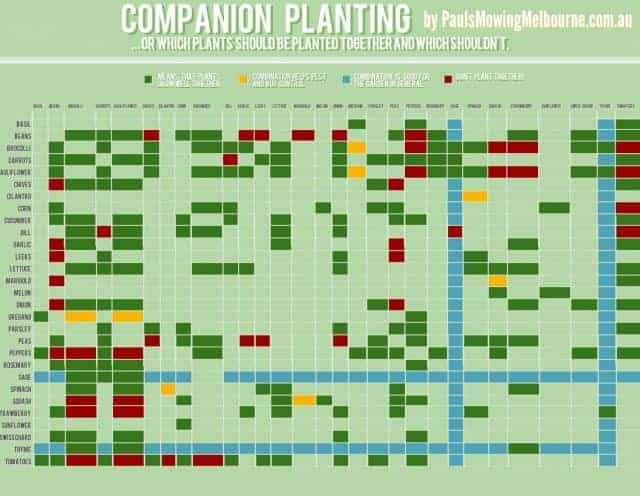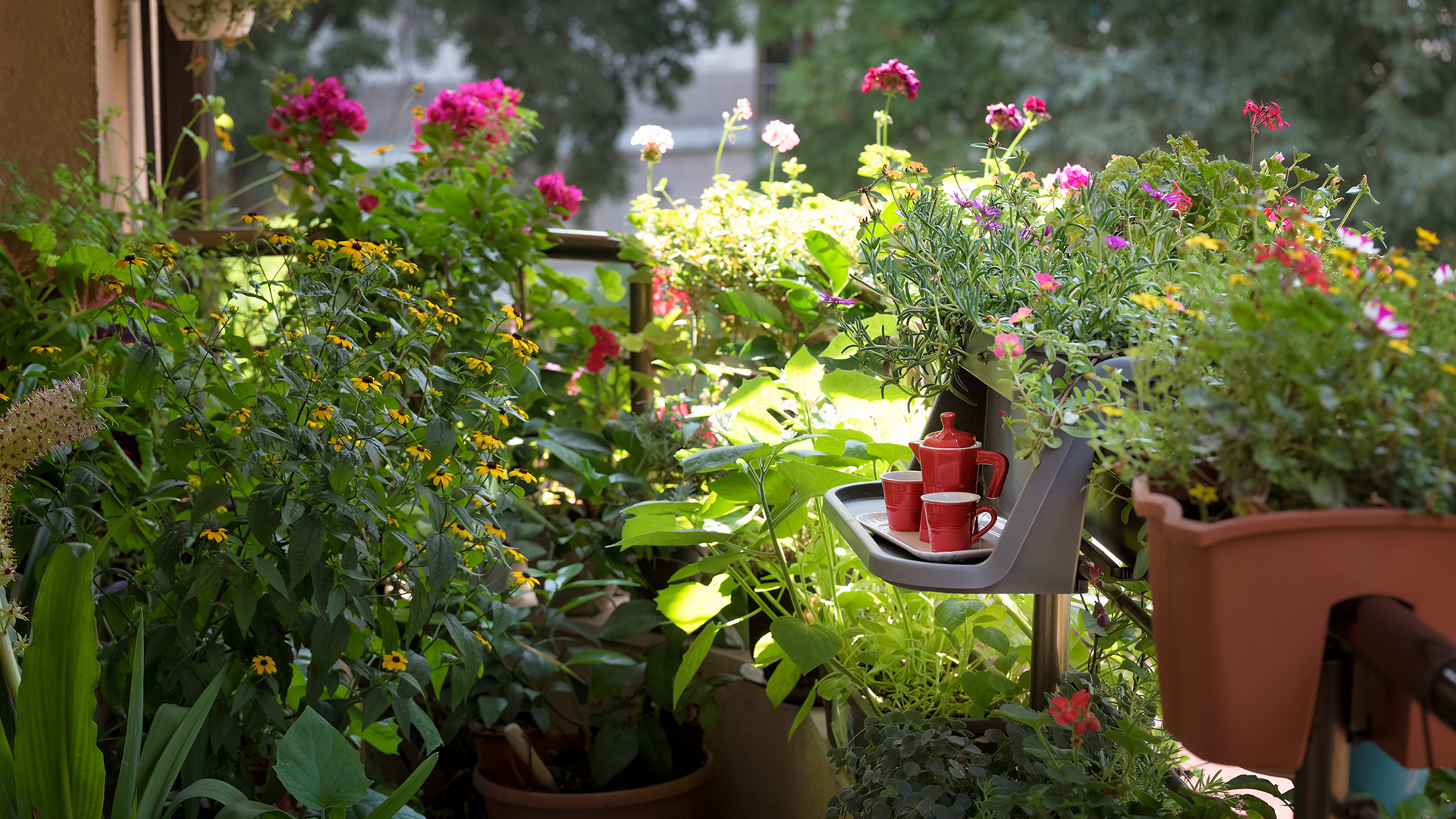Companion Planting: The Ultimate Guide To Growing A Healthy And Productive Garden
Companion Planting: The Ultimate Guide to Growing a Healthy and Productive Garden
Companion planting is a gardening technique that involves planting certain plants together in order to benefit each other. This can include deterring pests, attracting beneficial insects, improving soil quality, and even increasing crop yields.
There are many different benefits to companion planting. Some of the most common include:
- Pest control: Certain plants can help to repel or attract pests, which can help to keep your garden healthy and pest-free. For example, marigolds are known to repel pests such as nematodes and whiteflies, while basil can help to attract beneficial insects such as ladybugs and hoverflies.
- Disease control: Some plants can help to suppress the growth of diseases, such as powdery mildew and root rot. For example, onions and garlic are known to have antifungal properties, while nasturtiums can help to deter nematodes.
- Improved soil quality: Certain plants can help to improve the quality of your soil by adding nutrients, breaking down organic matter, and preventing erosion. For example, legumes such as beans and peas can fix nitrogen in the soil, while leafy greens such as spinach and kale can help to improve drainage.
- Increased crop yields: Companion planting can help to increase crop yields by providing shade, support, and pollination. For example, tomatoes can benefit from the shade of taller plants such as corn or sunflowers, while cucumbers can benefit from the support of a trellis.
If you're new to companion planting, there are a few things you need to keep in mind. First, it's important to do your research and learn about the different plants that are compatible with each other. There are many resources available online and in libraries that can help you with this.
Second, you need to consider the layout of your garden. When choosing companion plants, it's important to think about their size, growth habit, and water needs. For example, you wouldn't want to plant a tall plant next to a short plant that needs full sun, as the tall plant would shade the smaller plant.
Finally, you need to be patient. Companion planting takes time to see results. Don't get discouraged if you don't see a difference right away. Just keep at it, and you'll eventually start to see the benefits of companion planting in your garden.
Here are some of the most popular companion plants:
- Beans and corn: Beans fix nitrogen in the soil, which can benefit corn. Corn provides shade for beans, which can help to protect them from pests.
- Carrots and onions: Carrots deter root-knot nematodes, which can damage onions. Onions repel carrot flies, which can damage carrots.
- Cucumbers and tomatoes: Cucumbers help to deter spider mites, which can damage tomatoes. Tomatoes provide support for cucumbers.
- Leeks and chives: Leeks deter aphids, which can damage chives. Chives repel leek moths, which can damage leeks.
- Marigolds and tomatoes: Marigolds repel nematodes, which can damage tomatoes. Tomatoes provide support for marigolds.
These are just a few of the many companion plants that can benefit each other. There are many resources available online and in libraries that can help you find more information about companion planting.
With a little planning and effort, you can use companion planting to create a healthy and productive garden. So get out there and start planting!
Companion planting is a great way to improve the health and productivity of your garden. By planting certain plants together, you can create a mutually beneficial relationship that can help to deter pests, attract pollinators, and improve soil health.
If you're new to companion planting, or if you're just looking for a refresher, I recommend checking out Gardenia Inspiration. This website has a comprehensive guide to companion planting, with information on which plants are good companions for each other. You can also find charts and diagrams that can help you plan your garden layout.
In addition to its companion planting guide, Gardenia Inspiration also has a wealth of other resources for gardeners, including articles on gardening tips, recipes, and plant profiles. Whether you're a beginner or a seasoned pro, you're sure to find something useful on Gardenia Inspiration.
FAQ of companion gardening guide
Companion Gardening Guide FAQ
1. What is companion gardening?
Companion gardening is a gardening practice that involves planting certain plants together to benefit each other. Some plants attract beneficial insects, while others repel pests. Some plants improve the soil quality, while others help to shade or support each other. By planting companion plants together, you can create a more balanced and productive garden.
2. How do I find out which plants are good companion plants?
There are many resources available to help you find out which plants are good companion plants. You can find books, websites, and even apps that list beneficial plant pairings. You can also ask your local nursery or garden center for recommendations.
3. How close together should I plant companion plants?
The ideal distance between companion plants will vary depending on the specific plants involved. However, in general, you should plant companion plants within two or three rows of each other. This will allow them to benefit each other without competing for resources.
4. What are some common companion plants?
Here are some common companion plants:
- Basil and tomatoes: Basil helps to repel tomato hornworms and other pests.
- Cucumbers and melons: Cucumbers and melons attract pollinators, which help to improve the pollination of both plants.
- Marigolds and roses: Marigolds help to repel aphids, spider mites, and other pests.
- Onions and carrots: Onions help to repel carrot root flies.
- Potatoes and beans: Beans fix nitrogen in the soil, which benefits the potatoes.
5. What are some benefits of companion gardening?
Companion gardening offers a number of benefits, including:
- Increased crop yields
- Reduced pest and disease problems
- Improved soil health
- Attracted pollinators
- Less need for pesticides and herbicides
Image of companion gardening guide
- Image 1: A colorful infographic that shows which plants are good companions for each other. The infographic is divided into sections for vegetables, herbs, flowers, and fruits. Each section lists the plants that are compatible with each other, as well as the benefits of companion planting.

- Image 2: A photo of a gardener planting tomatoes and basil together. The caption of the photo reads "Basil is a great companion plant for tomatoes because it helps to deter pests and improve the flavor of the tomatoes."
- Image 3: A diagram of a garden bed with different plants arranged in a specific pattern. The diagram shows how the different plants can benefit each other by attracting beneficial insects, repelling pests, or providing shade.

- Image 4: A book titled "The Vegetable Gardener's Companion Planting Guide" by Louise Riotte. The book is open to a page that lists different vegetables and their companion plants.

- Image 5: A blog post titled "10 Essential Companion Plants for Your Vegetable Garden". The blog post lists 10 different companion plants and explains how they can benefit each other.

Post a Comment for "Companion Planting: The Ultimate Guide To Growing A Healthy And Productive Garden"